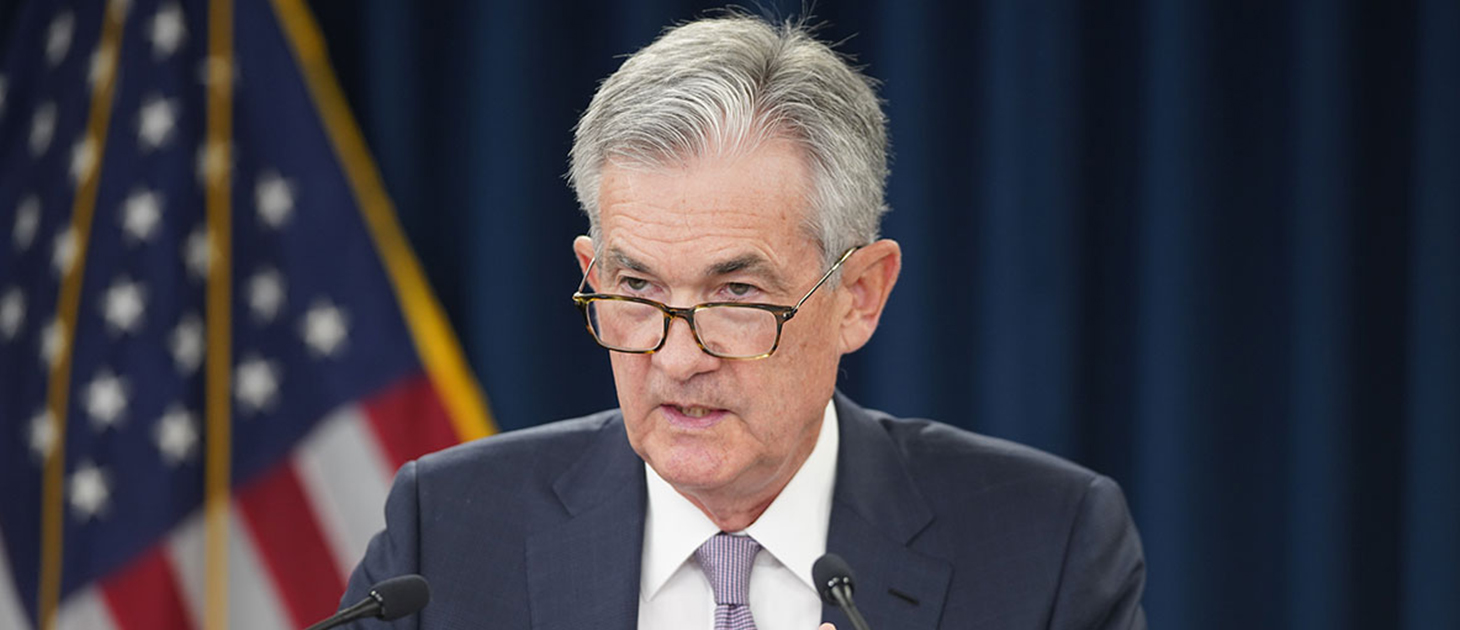Fed Cuts Rate but Cracks Begin to Show
The Federal Reserve cut interest rates for a second time after its September meeting, but more committee members are opposing policy decisions.

On fears of unresolved trade risks and a slowing global economy, the nation’s central bank decided Wednesday to cut interest rates by a quarter of a percent for a second time.
The Federal Open Market Committee—the Fed’s decision-making body made up of the Federal Reserve Board and regional reserve bank presidents—voted to pare the federal funds rate to a range of 1.75%-2%. The move will ease access to credit but also signals a dimming economic outlook.
The Fed’s September meeting was the third consecutive session where the FOMC did not vote unanimously, with three members of the committee choosing not to support the cut—the highest number that committee members have opposed a policy action since September 2016 and the first time in years those in dissent have had different reasons for their opposition.
Esther George, president of the Federal Reserve’s Kansas City arm, and Eric Rosengren, president of the regional reserve bank in Boston, preferred to leave interest rates unchanged. But James Bullard, president of the Federal Reserve Bank of St. Louis, decided not to support the measure because it did not cut rates far enough to his preferred 1.5%-1.75% range.
According to the Wall Street Journal, Bullard said he was concerned the bond market was signaling investors expected much slower economic growth and inflation than the Fed.
While the U.S. economy continues to perform well, Federal Reserve Chairman Jay Powell said slow growth abroad and waxing and waning trade policy continue to place downward pressure on business investment, exports and manufacturing. “Business fixed investment posted a modest decline in the second quarter and recent indicators point to continuing softness,” he told reporters following the FOMC’s meeting.
However, the Fed chairman also indicated the economy would continue to expand at a moderate pace, owing to strong household spending and low unemployment.
As is typical of Fed policy, Powell said at the end of his statement that the central bank would continue to monitor economic data that may factor into future decision making.
Are you an ACG member who enjoys reading the public policy roundup? Join our Public Policy Interest Group to receive even more in-depth coverage of federal policy activity impacting the middle market, as well as opportunities to help shape ACG’s advocacy efforts.

Benjamin Glick is ACG Global’s marketing and communications associate.


